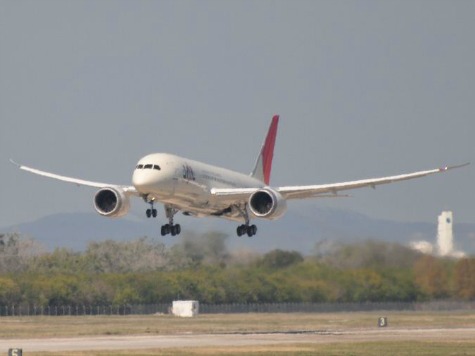(AP) FAA to close 149 air traffic towers under cuts
By JASON KEYSER
Associated Press
CHICAGO
Under orders to trim hundreds of millions of dollars from its budget, the Federal Aviation Administration on Friday released a final list of 149 air traffic control towers that it will close at small airports around the country starting early next month.
The closures will not force any of those airports to shut down, but pilots will be left to coordinate takeoffs and landings among themselves over a shared radio frequency with no help from ground controllers. Those procedures are familiar to all pilots.
Since a preliminary list of facilities was released a month ago, the FAA plan has raised wide-ranging concerns, including worries about the effect on safety and the potential financial consequences for communities that rely on airports to help attract businesses and tourists.
Airlines have yet to say whether they will continue offering service to airports that lose tower staff. The trade group Airlines for America said its member carriers have no plans to cancel or suspend flights as a result of the closures.
The FAA is being forced to trim $637 million for the rest of the fiscal year that ends Sept. 30. The agency said it had no choice but to subject most of its 47,000 employees, including tower controllers, to periodic furloughs and to close air traffic facilities at small airports with lighter traffic. The changes are part of the across-the-board spending cuts known as sequestration, which went into effect March 1.
The airports targeted for tower shutdowns have fewer than 150,000 total flight operations per year. Of those, fewer than 10,000 are commercial flights by passenger airlines.
Airport directors, pilots and others in the aviation sector have argued that stripping away an extra layer of safety during the most critical stages of flight will elevate risks and at the very least slow years of progress that made the U.S. aviation network the safest in the world.
One of the facilities on the closure list is at Ogden-Hinckley Airport in Utah, where air traffic controllers keep planes safely separated from the F-16s screaming in and out of nearby Hill Air Force Base and flights using Salt Lake City International Airport.
Opponents of the closures are also warning of possible disruptions to medical transport flights and flight schools training the next generation of pilots.
The 149 air traffic facilities slated to begin closing on April 7 are out of a total of 516 control towers in the FAA’s national network.
The targeted towers are all staffed by contract employees who are not FAA staffers. There were 65 other facilities staffed by FAA employees on the preliminary list of towers that could be closed. A final decision on their closure will require further review, the FAA said.
The agency is also still considering eliminating overnight shifts at 72 additional air traffic facilities, including some at major airports like Chicago’s Midway International and General Mitchell Airport in Milwaukee. There was no word Friday on when that decision will come.
The targeted towers are located in nearly every state.
Hundreds of small airports around the country routinely operate without controllers. Pilots flying there are trained to watch for other aircraft and announce their position over the radio during approaches, landings and takeoffs.
But the overall air system’s safety is built on redundancy. Taking away the controller’s extra set of eyes is like removing stop signs or traffic lights from city intersections and forcing drivers to be more vigilant and cautious, said Paul Rinaldi, president of the National Air Traffic Controllers Association.
Some aviation experts say overnight shifts should have been eliminated regardless of the sequester at facilities that don’t see enough traffic to justify the expense. The budget cuts being forced on the FAA could provide the agency with political cover to make some of those changes.
He said his own initial review of the list released Friday showed that many of the towers are at airports with few or no scheduled passenger flights, suggesting there will be little effect on airline service.
Rinaldi acknowledged that “just maybe there are some that don’t warrant” air traffic control services.
In Dallas’ northern suburbs, local officials plan to put up the $315,000 needed to keep the tower open for the next six months at Collin County Regional Airport in McKinney, said airport Director Kenneth Wiegand.
That will drive the airport into a deeper operating deficit, but it is worth it to keep the dozens of Fortune 500 companies headquartered in the area happy and the local economy healthy, Wiegand explained.
In New Mexico, officials in the state capital of Santa Fe said they were concerned about the impact on tourism.
In just the past few years, the mountain community has won back commercial jet service. For now, Mayor David Coss remains optimistic the airlines will continue to fly in, adding that the city cannot afford to pick up the $60,000 a month cost of operating the tower without federal funds.
___
Associated Press writers Brady McCombs in Salt Lake City and Jeri Clausing in Albuquerque, N.M., contributed to this report.
___
FAA statement on tower closures with list of affected airports: www.faa.gov/news/press_releases/news_story.cfm?newsId14414

COMMENTS
Please let us know if you're having issues with commenting.